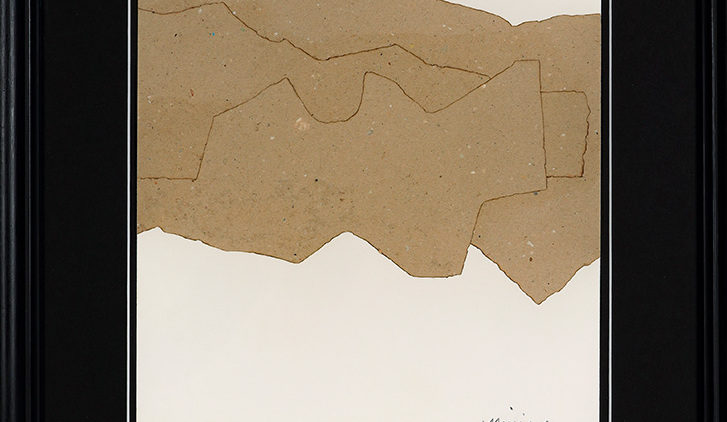Chillida: a creative force arising from nature.
Among the rocks and the waves of Ondarreta beach in San Sebastian emerges the famous “Peine del viento”, one of the monumental public sculptures with which the artistic voice of Eduardo Chillida made itself felt throughout a continent European, in full transformation. The premises on which the Basque sculptor built his creation seem determined by the landscape and the relationship with the natural environment where he spent his childhood. Next to the sea, the reflections around the concepts of space and time crystallized under which he founded a work forged in the brotherhood of the eternal rhythms that he found observing the tides of the bay of San Sebastian. However, it would be unfair to limit only to sculpture the international prestige and recognition that the San Sebastian artist achieved, whose work is also celebrated for the use of multiple artistic practices that, like collage, he developed throughout his vast career. Through works such as the one that concerns us here, we construct a deeper and more complex story that sheds light on the true magnitude of the creative universe of which it has been, one of the key figures in the radical transformation that Spanish art experienced during the twentieth century.

